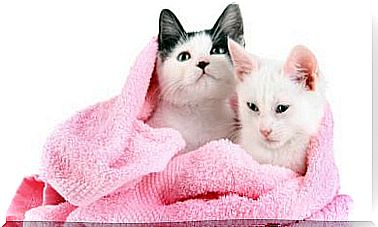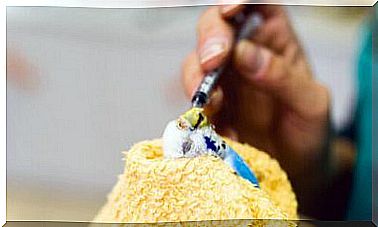Cat Litter: Choose The Most Suitable One
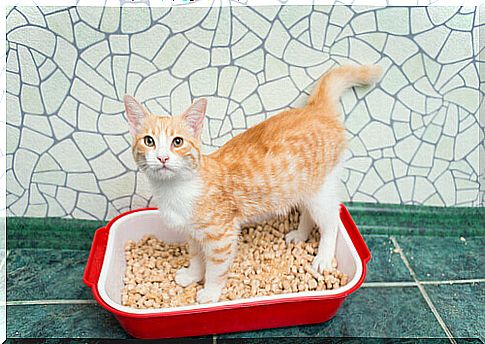
With so many types and brands of cat litter, perhaps choosing the best one for your pussy may not be such a simple task. Perfumed? From silica? Binder? In this article we will share some important data so that you can choose which is the most appropriate sand for your furry little one.
What is and what is the best cat litter?
Cats have their own preferences when it comes to the sand we put in their bathroom.
This may be because perhaps your pet’s paws are very sensitive, or due to habits created during their first few months of life, or simply a whim on their part.
Why a cat prefers one type of sand over another can be an enigma shrouded in mystery.
In reality, what matters is that you give your pussy that sand which you feel makes her more comfortable. Otherwise, he can refuse the sandbox altogether.
Binding or non-binding
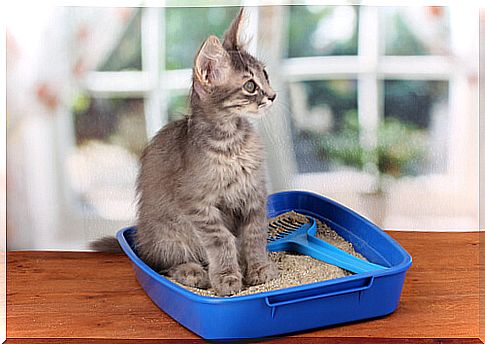
The most notable feature of cat litter is whether, with the presence of liquid, it clumps or not.
The agglutinated one contains a substance called bentonite that absorbs urine and creates a solid, compact node, leaving the rest dry and clean.
When you shovel it, it extracts a hard lump of urine along with the stool.
Non-caking sand allows you to soften the absorption of some odors through additives such as baking soda or charcoal.
Only feces can be removed. The only way to clean the urine from the box is to change all the sand, usually once a week.
Some types are based on silica crystals. These silica crystals are very similar to those used in drying papers. They absorb urine faster than clay grains, allowing the water to slowly evaporate.
For cats, binding or non-binding products is a matter of preference. Occasionally, owners lean towards binding sand because it’s easier to clean the box and there’s no need to change the entire contents.
It is generally more expensive but requires less work and is more practical.
One of the disadvantages of this type of product that some owners find is that the agglutinating sand tends to “stick” to the cat.
This can be very uncomfortable for those pussies that have long fur, as they are the most likely to attract more dirt and when they get cleaned up they run the risk of ingesting it.
Cats can ingest the sand, either by inhaling its dust or accidentally licking grain that tends to stick to their fur or between their toes.
Manufacturers are aware of this problem, so this type of product is non-toxic to felines.
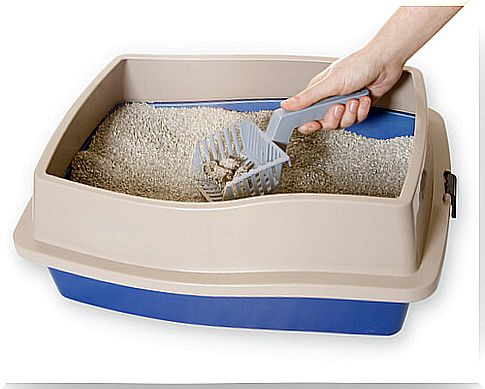
If dust is a concern for your feline’s health, you can find formulas that are free or low in powder.
Smelled or unscented
Another important point is smell control. It is probably one of the most relevant points for owners and, of course, for cats.
There are some products that are scented. They might be a good option for humans, but not for felines.
They have a very sensitive sense of smell and sometimes the floral aroma can be a nuisance for them. Therefore, to avoid the presence of smell, it is best to clean the litter box regularly.
sand exchange
Another point you should take into account is what you do with the accumulated sand. This type of product often has a very significant impact on the environment.
So what is the best way to dispose of this product? There are two options: one is to play in the toilet. The other is to put it in bags and then throw it in the trash.
Other considerations
- Remember that some cats are often allergic to certain products. So it is recommended that you focus very well on which ingredients have the type of sand you have chosen, so that it does not harm your pet’s health.
- You must consider the cost of the product you choose, and how long it can be used. It should also be appreciated if it is necessary to completely change all the sand in the box.
So which one to choose? Overall, agglomerating sand seems to be an option, but so is plant-based sand.
In fact, if you’re thinking of switching products, remember that the transition will have to be done gradually.


